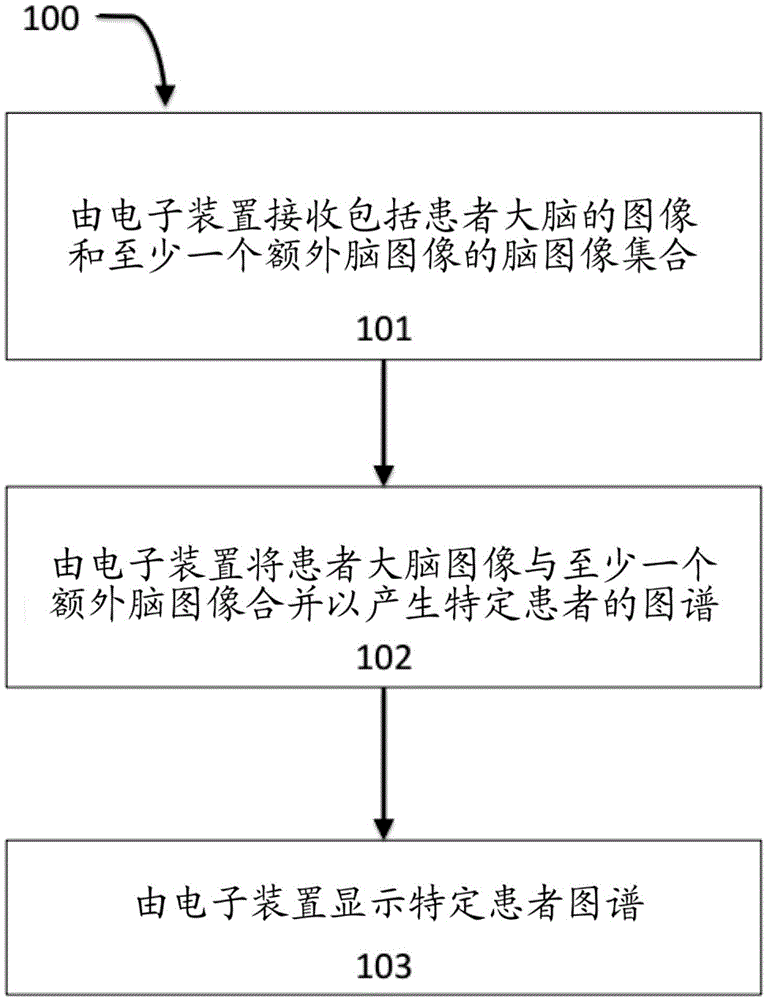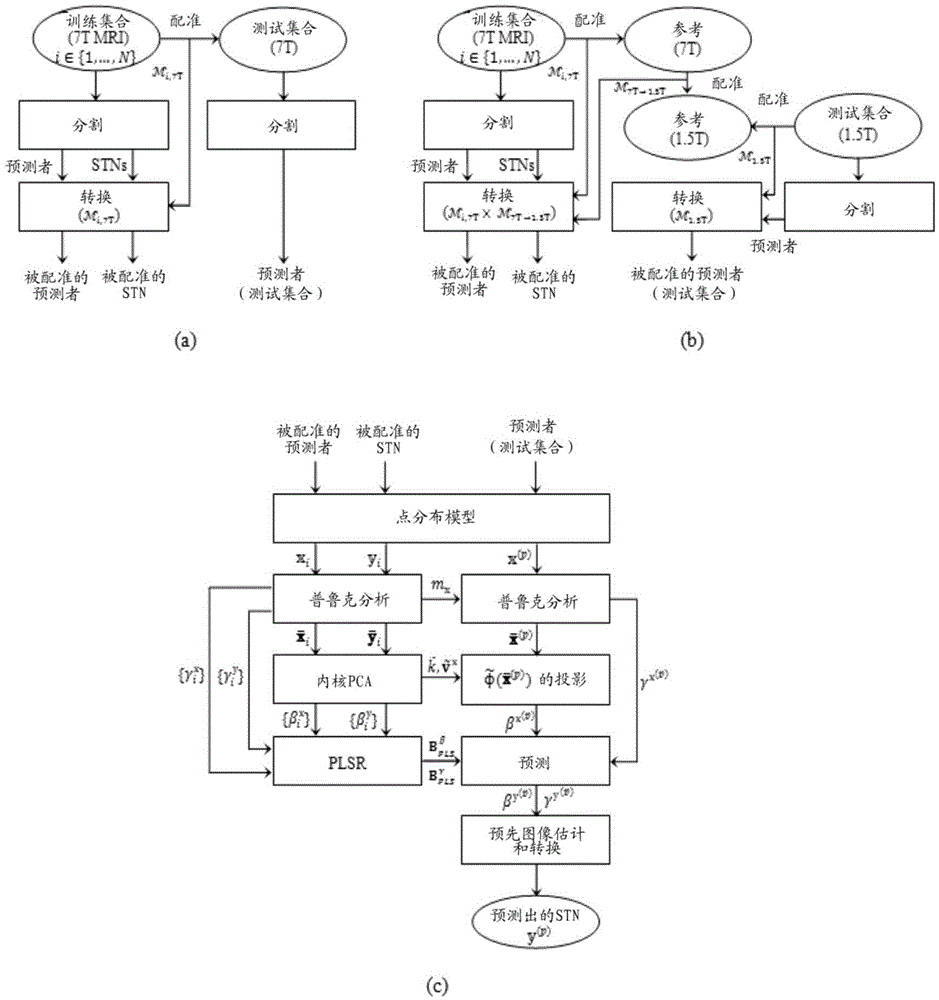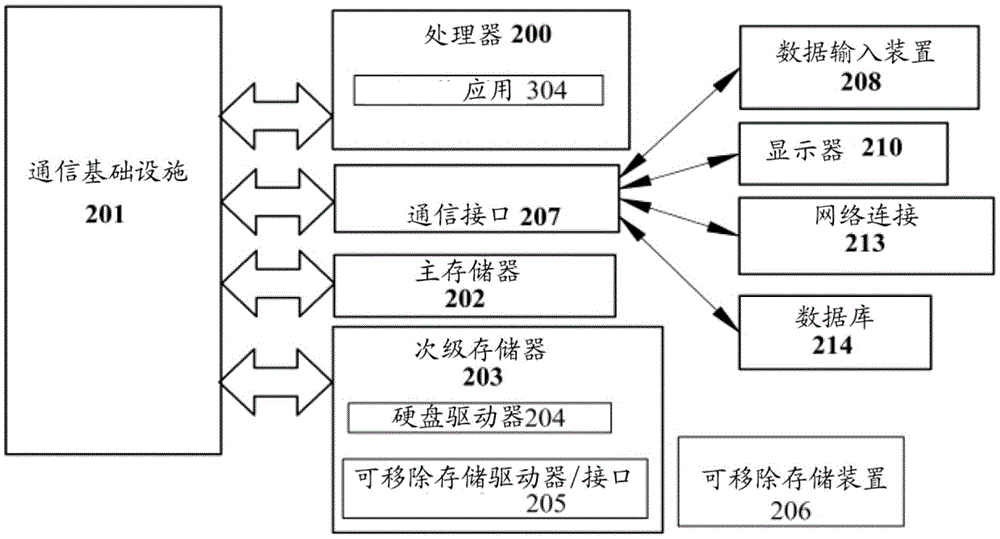Method and system for a brain image pipeline and brain image region location and shape prediction
A brain image and assembly line technology, applied in the field of medical imaging systems, can solve problems such as lack of clear visualization, insufficient positioning, low therapeutic effect or side effects
- Summary
- Abstract
- Description
- Claims
- Application Information
AI Technical Summary
Problems solved by technology
Method used
Image
Examples
Embodiment Construction
[0045]Recent advances in high-field MRI techniques enable direct in vivo visualization and localization of subcortical structures such as the STN and GPi, which is critical for DBS targeting for motion disorders such as PD. Visualization of these regions in three dimensions will provide surgical DBS targeting and postoperative programming more reliably and efficiently. However, it still has challenging issues: automatically delineate e.g. the STN region, since it is small and complex, there is unclear separation between adjacent structures such as SN. In particular, it is not possible to segment the STN in this straightforward manner when using images acquired according to standard low-field clinical protocols or when the data have a limited field of view within this region.
[0046] Methods for (high resolution) automatic shape prediction of STN or other brain structures relevant to brain operations are disclosed; STN is used here and throughout the document as a descriptive ...
PUM
 Login to View More
Login to View More Abstract
Description
Claims
Application Information
 Login to View More
Login to View More - R&D
- Intellectual Property
- Life Sciences
- Materials
- Tech Scout
- Unparalleled Data Quality
- Higher Quality Content
- 60% Fewer Hallucinations
Browse by: Latest US Patents, China's latest patents, Technical Efficacy Thesaurus, Application Domain, Technology Topic, Popular Technical Reports.
© 2025 PatSnap. All rights reserved.Legal|Privacy policy|Modern Slavery Act Transparency Statement|Sitemap|About US| Contact US: help@patsnap.com



